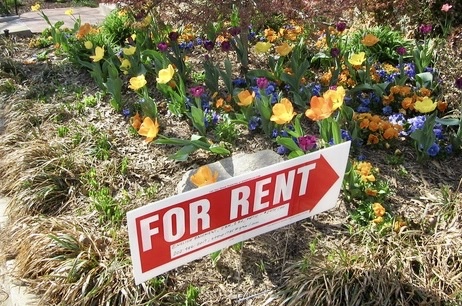Barry (not his real name) can afford to pay about $200 a month for his small apartment. His rent is $800. He’s disabled and can’t work. He was homeless for a while and was able to get a “Rapid Rehousing Voucher” to cover the balance of his rent for six months before it expired back in 2020. He’s was protected by the Seattle Eviction Moratorium and all his back rent was covered by the county until both those programs ran out.
Isla (also not her real name) has had major struggles with a tax judgement from another state which has led to her wages being garnished, a problem compounded by a death in the family that caused her to have to give up one of the two jobs she was working. She received county assistance last year, but she has already fallen about $4,000 further behind. She too was protected by the eviction moratorium until it expired last month.
As our community is slowly, but steadily, emerging from the scourge of COVID-19, homelessness is again our most pressing social issue. Our city has redoubled efforts to address unsheltered homelessness, but the fundamental pressures that caused our crisis in the first place are still occurring. This can be clearly seen in the cases of Barry and Isla and countless others at serious risk of losing their homes.
The Seattle Eviction Moratorium no doubt helped prevent homelessness for the past two years, but it is now ended. We need to act now to put in place a humane, permanent rental assistance program.
The writers of this OpEd are a for-profit housing provider and a tenant rights advocate who don’t agree on everything, but we share the common goal of keeping our community housed. We believe the simplest way to do this is to provide rental assistance to those who are currently living in permanent homes, but for whom one temporary crisis, such as a missed paycheck, medical emergency, or loss in the family can lead to eviction.
Throughout much of the COVID pandemic, such a program existed. King County established the Eviction Prevention and Rent Assistance Program (EPRAP), which used Federal funds to provide up to 12 months of rent for residents earning less than 50% of area median income (AMI). EPRAP distributed over $169M to almost 15,000 households, preventing countless evictions and untold needless suffering. It also made struggling landlords whole, and as such represented a joint victory in an era marked by increasing vitriol between renters and housing providers. The City of Seattle also distributed some funding to help renters and landlords, but that funding has now mostly run out.
EPRAP was slow to get running, but eligible tenants were protected by eviction moratoriums from both the governor and mayor banning all evictions. Both moratoriums have now expired, but there is an additional six month protection for Seattle renters based on a law passed by the city council which makes inability to pay rent a legal defense to eviction.
This extra six months of protection is desperately needed. EPRAP is closing down and there is no evident plan to replace it. United Way, the main partner for the City of Seattle in distributing rental assistance, says it is running out of money. The City’s $25M of funding remaining will inevitably also be spent. The Federal government has given our region a paltry 1,314 Emergency Housing Vouchers, which will meet perhaps a tenth of the demand. Within the next six months, the City and County must create a permanent program to provide emergency rental assistance to households in need.
Other cities already recognize the critical role of permanent rental assistance programs. For example, households facing eviction in New York City are eligible for long-term subsidies to stabilize their housing. NYC’s program focuses on households facing eviction by targeting financially struggling and ensuring their long-term stability. Importantly, it’s a program that is implemented on an as-needed basis for families that are on the verge of losing their housing by providing assistance with rental arrears and ongoing subsidies to keep the family out of eviction.
It is not beyond our means to provide Seattle and King County renters a stronger safety net to prevent evictions due to a missed paycheck or temporary setback. If we take the King County EPRAP program as a model, a Seattle-specific long term assistance program would likely cost less than one percent of our City’s annual budget.
Seattle already has significant funds already earmarked annually for housing – over $194 Million in the 2022, but almost none of it goes to rental assistance. Most city funding funds the construction of new deeply affordable housing. While also a critical priority, new construction takes years, and we have a crisis to avert now. What we need right now is a robust rental assistance program that can keep people housed until there is more affordable housing available.
The underlying cause of homelessness is clearly a lack of affordable homes. In the long term, we need to take more structural steps to solve our housing woes, including increasing our housing supply at all levels, and expanding affordable housing.
But in the immediate term, we call on The City of Seattle and King County to create a rental assistance and eviction prevention program to keep our most vulnerable people housed.



